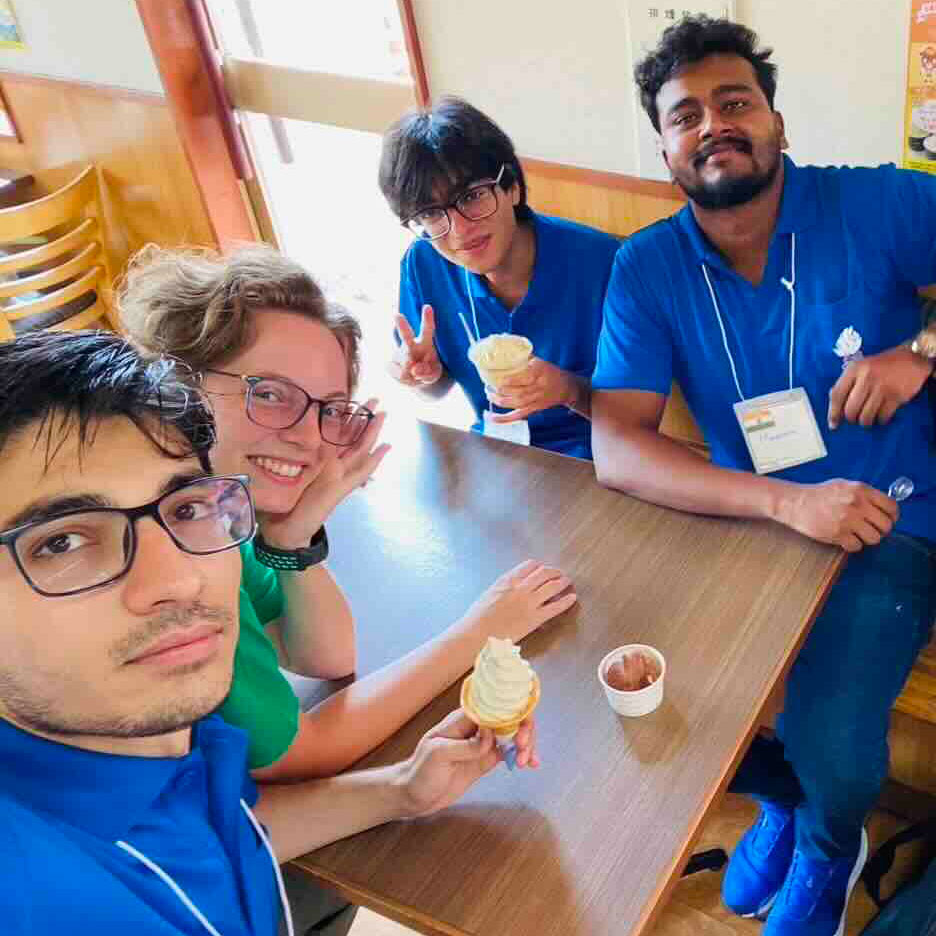This blog continues from my previous post, “Learning from Learners [Part 1]: Observing,” where I recounted how a chance discovery of an English camp flyer pulled me away from Tokyo’s hectic life and into the quiet hills of Nasu in Tochigi Prefecture. In Part 1, I reflected on the lead-up to the camp, how my motivation to study Japanese had stalled, and how the idea of partaking in language immersion camps intrigued me in ways I couldn’t fully explain. Now, in Part 2, I turn inward, painting a picture of the three days we spent at the campsite, and how those young learners helped me reconnect with my own inner learner.
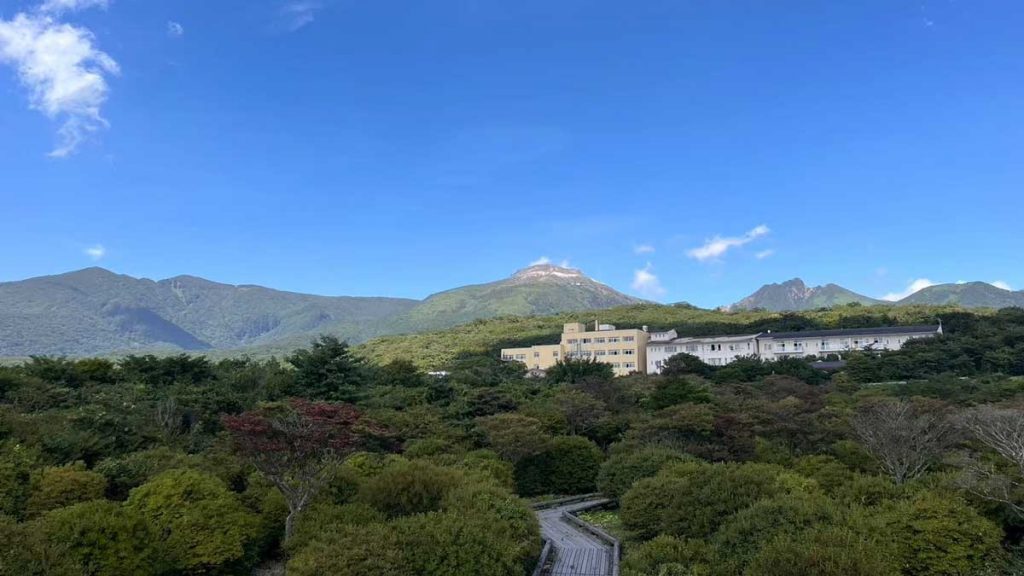
In Shirakabaso Villa, I finally touched base with Taka, the man behind it all. Bursting with enough energy to inspire both the kids and the captains, he greeted us warmly and guided the international students to the Captain’s Room, our meeting (and, more often than not, hiding) spot. Flashing an infectious smile, he expressed his gratitude for our help before briefing us on the day’s activities. We were also served snacks and coffee, much to my delight.
Soon after, we rejoined our group of Japanese students and kicked off the icebreaking activities. Remember when I talked about the ebullient facilitators? Yeah, they went all out. “WELCOME. TO. THE. NASU. ENGLISH. CAMP!!!!”, they exclaimed with theatrical flair. Taka, too, brought incredible energy, along with an impressive command of both English and Japanese. He effortlessly guided the students in Japanese and the captains in English. I was genuinely in awe of how warm and welcoming everyone was, including the Japanese staff. As you might expect, Day 1 kicked off with a bang. We started with some lively icebreaker games, and it was nice seeing everyone gradually warming up to the new environment. After that, we each introduced our home countries to the students, sharing fun tidbits about local food, games, festivals, and more. I was pleasantly surprised to find that some of the kids were already familiar with Indian cuisine—one student even mentioned learning about Indian street food (pani puri) through TikTok!
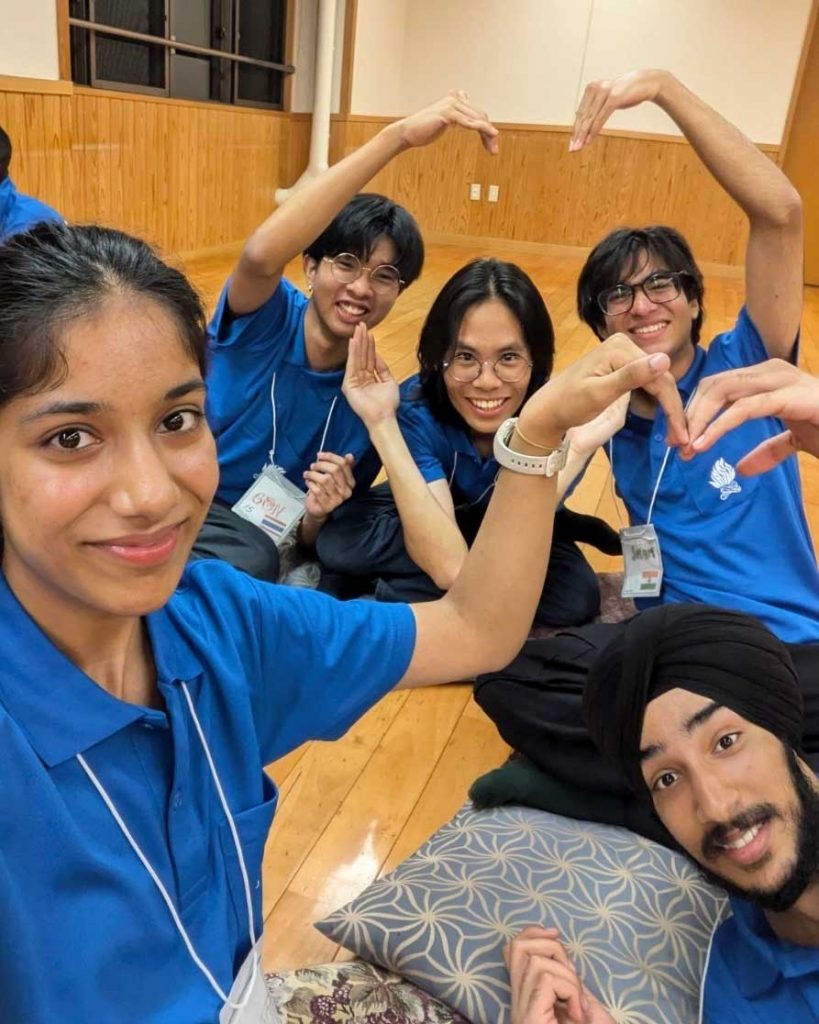
After the exchange, we returned to the Captain’s Room for a well-earned breather, and of course, a much-needed coffee fix. There, Taka briefed us on our next task: an intercultural performance the students would present as their final project. It was our job to help them prepare over the next two days. Each captain had brought something unique to the table, be it cultural dances, traditional games, or special performances from their home country. I had chosen to adapt a beloved piece of Indian folklore — the Ramayana. Once the break ended, I regrouped with my students and introduced a simplified version of the story. I assigned them characters and explained the plot in clear, basic English. To my surprise, they caught on quickly and showed genuine interest. They asked questions, offered ideas, and even began brainstorming how they could bring their roles to life. Two kids choreographed an improvised battle scene, completely unprompted! It was heartening to see them not only understand the narrative, but actively shape it. Later that evening, we had dinner together in the villa. I was quite impressed by the students’ discipline and courtesy. They queued up patiently, waited for everyone to be served, and said itadakimasu in unison before beginning their meal. We chatted casually afterward, and by the time I was finally off duty, I felt an odd mix of exhaustion and gratitude.
Next, we checked into a nearby hotel reserved for the captains, which was a gratifying experience in and of itself. The whole place had a quirky dinosaur theme, complete with life-sized statues, murals, and random trivia scattered across the lobby. Apparently, the hotel owner was a hardcore dinosaur enthusiast. The lounge was incredible too, with unlimited servings of free coffee winning our hearts. Captains spent the night playing UNO, laughing way too loudly, and soaking in the hotel’s incredible onsen. After a long, fulfilling day, there was no better way to wind down.
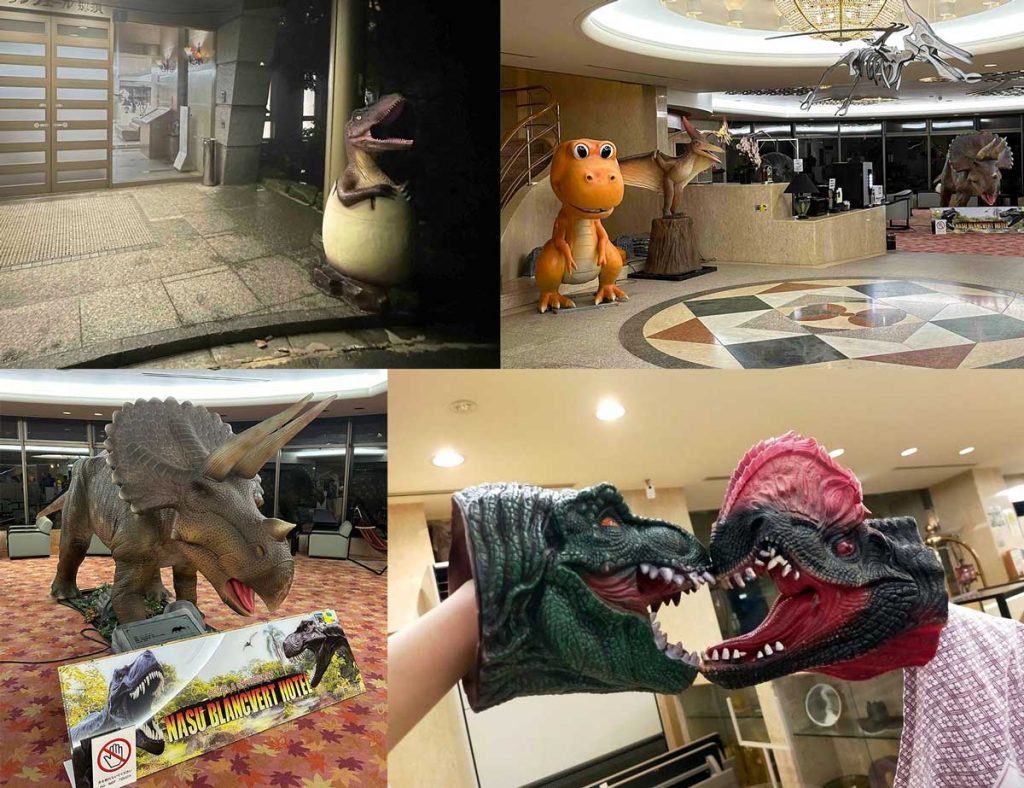
We were up early on Day 2, though they say it’s never too early for breakfast. An inviting spread of breads, soups, and protein warmed and filled our bellies up. Next on the agenda was a hike, but with a bit of a twist: this time, the students were in charge. They had to guide us captains in English along a trail they had plotted out themselves by scrutinizing the map provided. What I wasn’t ready for, though, was that this “hike” was actually a geography-themed treasure hunt in disguise! And if there’s one thing you should know about me — it’s that geography is not my strong suit. Funnily enough, the students kept finding clues, working out the answers among themselves… only to run up to me for help with the hardest part of all: spelling! And there I was, bracing myself for tough geography questions.
The next couple of hours passed in a blur: return to the villa, finish up lunch, prepare for the performance round, take a break. And then, it was showtime — I couldn’t have been prouder of my group. With enthusiasm and confidence, they took the stage in front of their friends, acting out the epic battle between Lord Rama and the demon Ravana. Other groups followed with their own charming performances. There’s something incredibly heartwarming about watching young Japanese children fully immersed in cultural dances from around the world — engaged, joyful, and giving it their all.
This sense of shared celebration of our cultures carried on into the evening. And that evening — that particular evening — boy, was it special. By 18:30, the captains began preparing for a campfire outside the villa. And this wasn’t just any campfire; it was held with a trifle reverence, steeped in traditional Japanese custom. Eight captains, each representing a different country, stepped forward to deliver an opening speech. One by one, we called out “Good evening” in our native languages, and the kids echoed our voices in perfect harmony. Then came the lighting of the fire, which was slow and deliberate, almost ceremonial. We all held our breaths, waiting for the wood to catch, and when it finally burst into towering flames, the entire camp erupted. For the next 45 minutes, we danced in a wide circle around the fire like children under the night sky. It was electrifying. I forgot every assignment, every looming deadline, every burden of university life. I felt light. Free. Alive. Surrounded by a sea of vibrant individuals — laughing, shouting, living — and I was right there with them. Fully present, and deeply, quietly grateful.
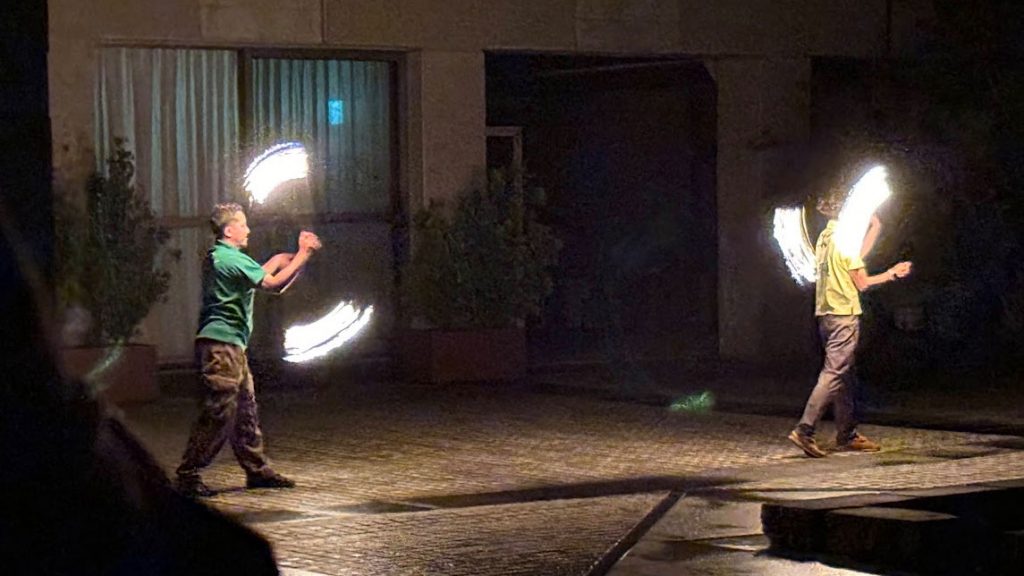
And just like that, after 48 incredible hours with these amazing people, Day 3 arrived — the day of farewell. Oh, the sweet sorrow of parting ways. I said goodbye to Taka, who stayed behind to support the next round of students. I had learned so much from him. He was always kind, thoughtful, and endlessly hospitable. In his final address to the students, he spoke about English as a bridge between cultures: “I may not speak Thai, or Spanish, or Hindi, and your captains may not speak Japanese, but we can still find common ground through English.”
The rest of us returned to Tokyo for one last short session, with just five minutes to say our final goodbyes to the students. I’d heard from other captains and facilitators that kids sometimes cried during this part, but I hadn’t thought much of it. That is, until it happened with my group. Seeing their tears caught me completely off guard. I didn’t know what to say at first. It was overwhelming to think that, over such a short time, I had been part of something that genuinely touched their hearts. I reminded them how wonderful they all are and wished them the very best for everything ahead. Then, just like that, we went our separate ways.
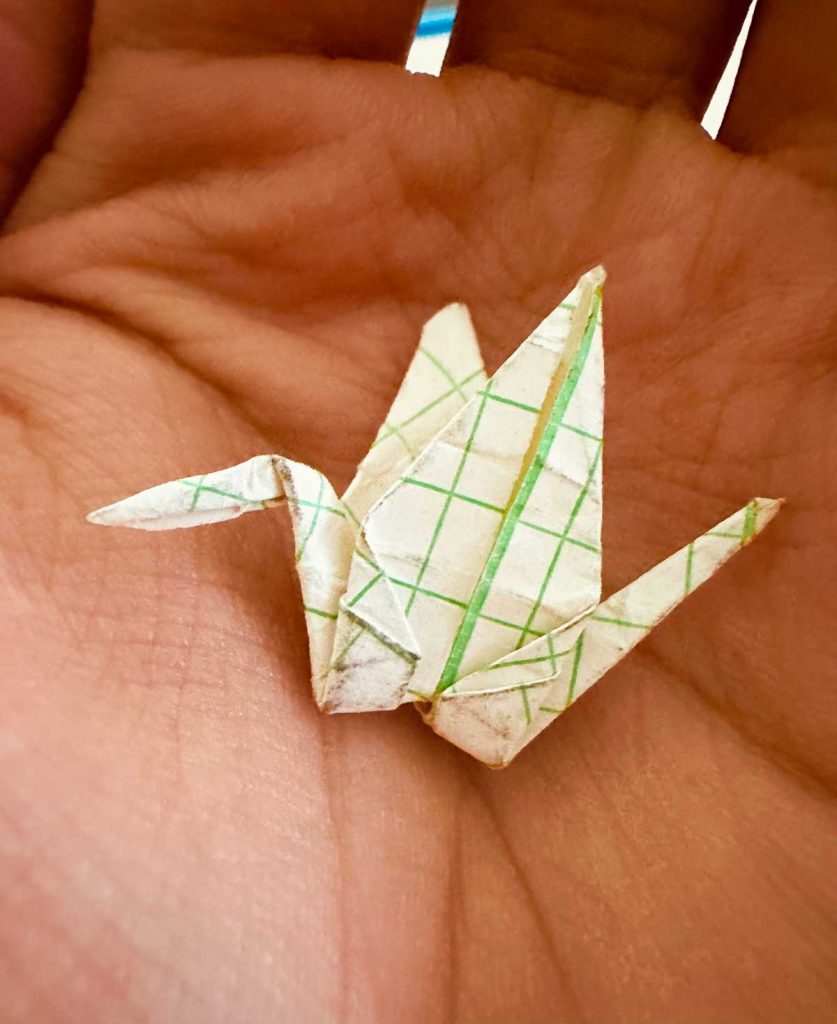
To say I learned a lot from this experience would be but an understatement. It substantially reignited my motivation to learn Japanese. Watching these kids give their all to communicate across cultures made me want to do the same, to push myself further and grow in my own linguistic abilities. After all, truly getting to know someone means moving beyond surface-level conversations, and that requires breaking through language barriers.
I was also struck by how naturally these students picked up on things. They were masters of observational learning, constantly absorbing cues from me and the other captains, mimicking how we spoke, how we expressed ourselves in English. During the final presentation, I saw how much effort they put into memorizing phrases and trying to use them correctly. It was inspiring. Their dedication gave me a new appreciation for language learning, and it even sparked a deeper interest in studying kanji. Learning it opens so many doors, especially to understanding Japanese media and culture on a richer level.
Over the past ten months, I’ve been fortunate to take part in many more English camps like this one. I joined ISA, a company that organizes similar immersion programs for Japanese high school students, and every camp has brought new stories, new laughs, and new lessons. I remember one time playing dodgeball with the kids — they were absolutely ruthless on the court! Another time, a group of students gave me a tour around Yokohama. One boy, who was especially passionate about photography, took it upon himself to choreograph every photo, adjusting angles, fixing lighting, and even correcting my posture like a seasoned creative director! Moments like these are what I’ve come to cherish the most.
It still amazes me how quickly genuine connections can form, sometimes with people you’ve only just met. Whether we were learning songs, chatting over lunch, or preparing for final presentations, I was continually moved by the students’ openness and curiosity. They truly wanted to connect, even when words fell short. I wasn’t there simply to teach English. I was there to support, to encourage, and to help create a space where they felt seen and heard. By the time I left, I realized I had been learning just as much as they had. We were learning from each other. And that shared effort—to understand and be understood—is what made the experience unforgettable. It reminded me of why cross-cultural communication means so much to me, and why I want to keep at it.
